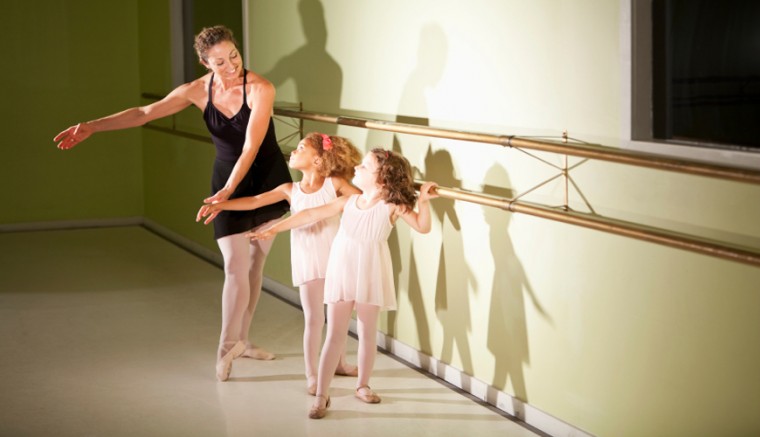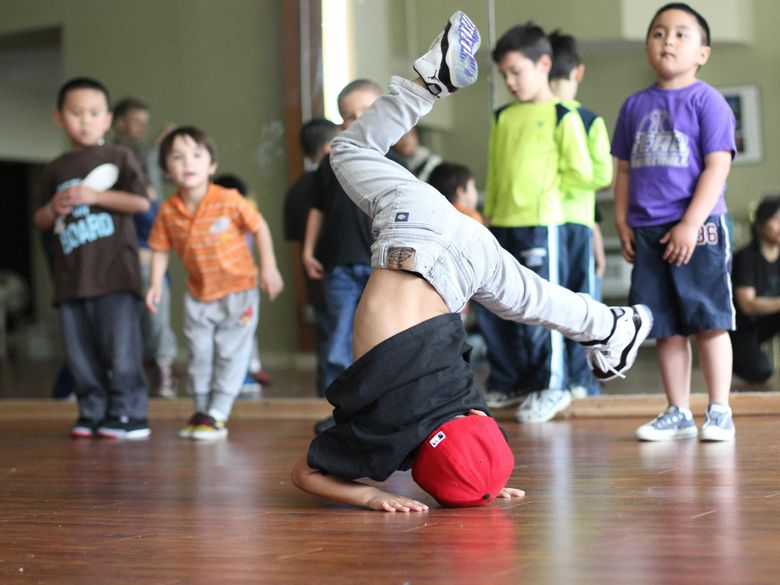bachata, Baila Blog, Ballet, Bollywood, Breakdancing, Contemporary, Hip-Hop, Jazz, Latin, Salsa, Tango, Argentine Tango, Zumba, Ballet, Contemporary Dance, Interviews, Dancer, Dance
Dance is as important as math for a student!
Why dance is just as important as math for a student...
"Dance and physical exercise should have the same place in education as math and science,"
argues Sir Ken Robinson, a global leader in education reform and one of the New York Times bestselling authors.
The benefits of dance have been listed in thousands of articles and studies, and the famous author writes why dance should now be given more importance. On the occasion of International Dance Day celebrated on April 29th, read the arguments that will convince you to enroll your child in a dance class or start one yourself or - why not? - ask for dance to be a subject in schools.
In a speech, Sir Ken Robinson says that education should give equal weight to the arts, humanities and physical education. "Children do best through a broad curriculum that touches on all their talents."
"Indeed," he emphasizes, "children who learn within such an educational system also improve their performance in mathematics or other subjects."
The power of dance
Research, as well as human testimonies, have proven that art lessons, and especially dance, dramatically change the lives of children. Dance has the power to restore joy and stability to children's lives. and improve their ability to learn in every other subject, while developing their social skills.
Children learn cooperation, respect, and compassion. Researchers from all over the world confirm that dance – among other things – has a positive effect on memory, concentration, classroom behavior, and ultimately, academic performance.
To prove his point, Sir Ken Robinson cited an example of an unruly student from a school in New York, in which a dance lesson program had been implemented with the aim of improving the students' social relationships and enriching the school's culture.
"When this young girl first came to our school, her file was more than full. She felt that everyone should know how strong she was and how well she could fight. In fact, she did not want to attend the dance classes that were held at the school, but exemption was not an option. Soon, she discovered that she had a talent for dancing and from the second lesson her behavior changed. We did not have to force her to come to class. In the following lessons, the girl was a different person. She spoke differently, was polite, showed respect and since then she has not received a single reprimand or expulsion from school. Her parents could not believe what they were seeing. It was amazing and proved that the dance class program yielded much more than we could understand."
The famous author also suggests the active participation of teachers in the learning process. "Teachers and professors should not only transmit information," he says, clarifying:
“You might be engaged in a particular activity, but ultimately not succeed. Take dieting, for example. How many times have you tried, but failed? Teaching is similar. If a teacher teaches in a classroom, but no one is learning anything, he is doing his job, but he is not fulfilling the deeper purpose of his job. The role of a teacher is to facilitate learning, and I think the culture that prevails today does not serve that purpose.”
Of course, no one denies the importance of tests and the educational system as it is, but If we hinder children's learning, creativity, imagination and curiosity, we destroy their innate creative nature!
"The education system should not focus only on STEM subjects," he adds. "It should be personalized and emphasize art, humanities, and physical education", he suggests.
“There is a myth that only talented children should take art classes. However, we know that the arts benefit everyone, regardless of their career and university choices.
"We don't teach math and writing solely to create the next generation of mathematicians or historians. The same goes for the arts. We teach them to create citizens with skills that they can apply in their careers and in their lives," he concludes.
What is your opinion on the issue of dance in schools? Do you agree that dance is just as important as math and would you like to see a similar program in our educational system?
Article source: infokids.gr


